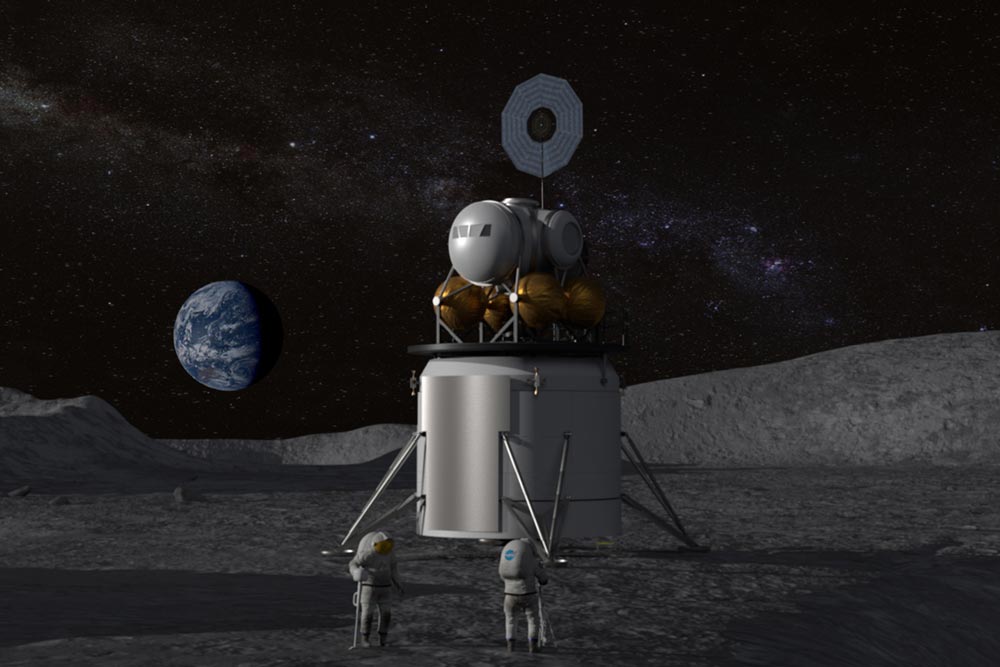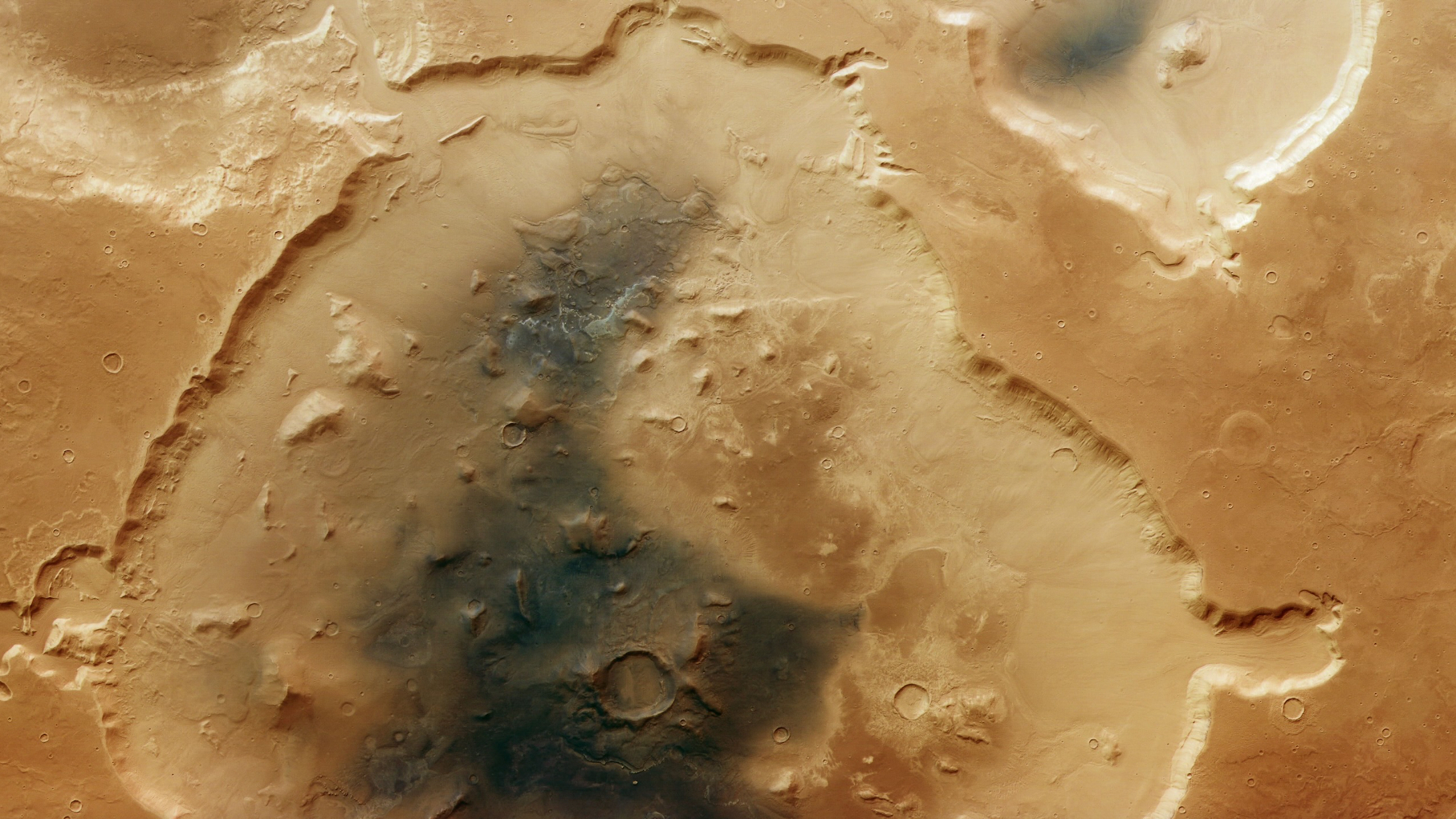NASA Wants Help from Private Companies to Land Astronauts on the Moon by 2028

NASA is officially looking for ideas from private companies to develop future lunar technologies, with responses due by the end of next month.
In addition, the agency published its methodology for bringing crewed missions back to the lunar surface.
The moon has had a big 2019 so far: China's Chang'e-4 lander mission achieved the first soft landing on the far side of the moon at the start of January. Then, millions of people across North and South America enjoyed a mesmerizing lunar eclipse, dubbed the Super Blood Wolf Moon, on Jan. 21. This year, NASA is also commemorating a major lunar milestone: The agency will celebrate the 50th anniversary of the iconic Apollo 11 mission that brought astronauts Neil Armstrong, Buzz Aldrin and Michael Collins to the moon to take that incredible "giant leap for mankind." (Collins remained in lunar orbit.) [Watch a Meteor Smack the Blood Moon in This Lunar Eclipse Video!]
In a statement published Feb. 7, NASA laid out how it will work with U.S. companies to develop reusable systems through which astronauts could return to the moon by 2028.
Using current and anticipated technologies, NASA will work to complete the mandate laid out by the presidential administration's Space Policy Directive 1 "as quickly as possible," agency officials said.
The partnerships would be multiphased and perhaps include collaboration with other nations to "advance our missions to farther destinations, such as Mars, with America leading the way," NASA Administrator Jim Bridenstine, said in the statement.
Technology already operating within low-Earth orbit will serve as a springboard for the development of the reusable lunar systems, Bridenstine said.
Get the Space.com Newsletter
Breaking space news, the latest updates on rocket launches, skywatching events and more!
One important element in NASA's approach is the establishment of a gateway that could support round-trip lunar journeys. This would allow "the first building blocks for fully reusable lunar landers … to be refueled by cargo ships carrying fuel from Earth to the Gateway," agency officials said.
But that would be just the start. Going forward, the fuel might come from the moon itself. Part of the project is to find methods of making rocket propellant with water ice and regolith (lunar dust) from the moon in a process known as in-situ resource utilization (ISRU).
The formal request for proposals that NASA published on Feb. 7 is part of Appendix E to the second Next Space Technologies for Exploration Partnerships (NextSTEP-2) Broad Agency Announcement. In this request, NASA aims to fund flight demonstrations of lunar landers made for astronauts by private companies that would perform critical research and support risk-reduction activities. March 25 is the deadline for responses.
Follow Doris Elin Salazar on Twitter @salazar_elin. Follow us on Twitter @Spacedotcom and on Facebook.
Join our Space Forums to keep talking space on the latest missions, night sky and more! And if you have a news tip, correction or comment, let us know at: community@space.com.

Doris is a science journalist and Space.com contributor. She received a B.A. in Sociology and Communications at Fordham University in New York City. Her first work was published in collaboration with London Mining Network, where her love of science writing was born. Her passion for astronomy started as a kid when she helped her sister build a model solar system in the Bronx. She got her first shot at astronomy writing as a Space.com editorial intern and continues to write about all things cosmic for the website. Doris has also written about microscopic plant life for Scientific American’s website and about whale calls for their print magazine. She has also written about ancient humans for Inverse, with stories ranging from how to recreate Pompeii’s cuisine to how to map the Polynesian expansion through genomics. She currently shares her home with two rabbits. Follow her on twitter at @salazar_elin.
